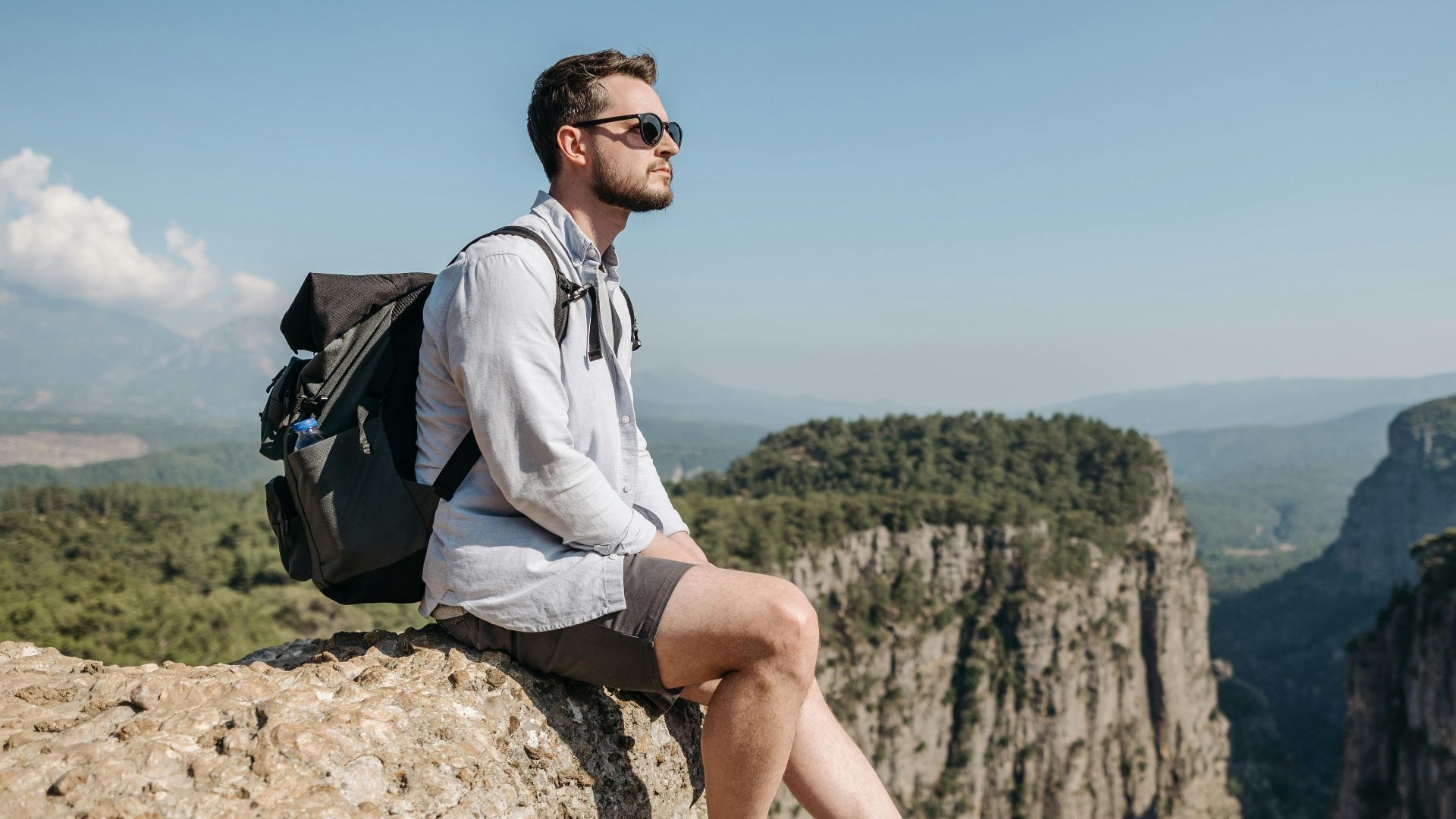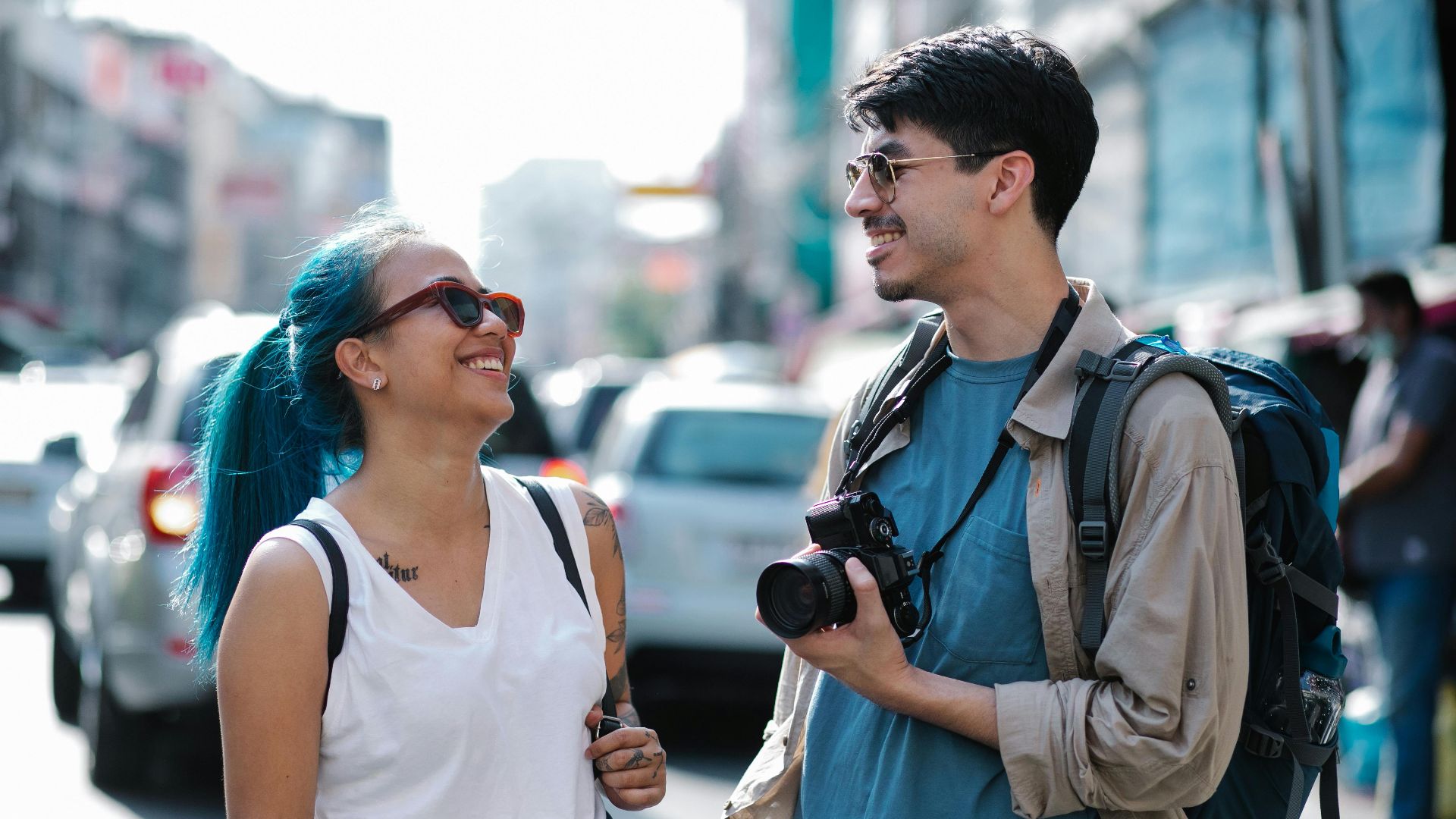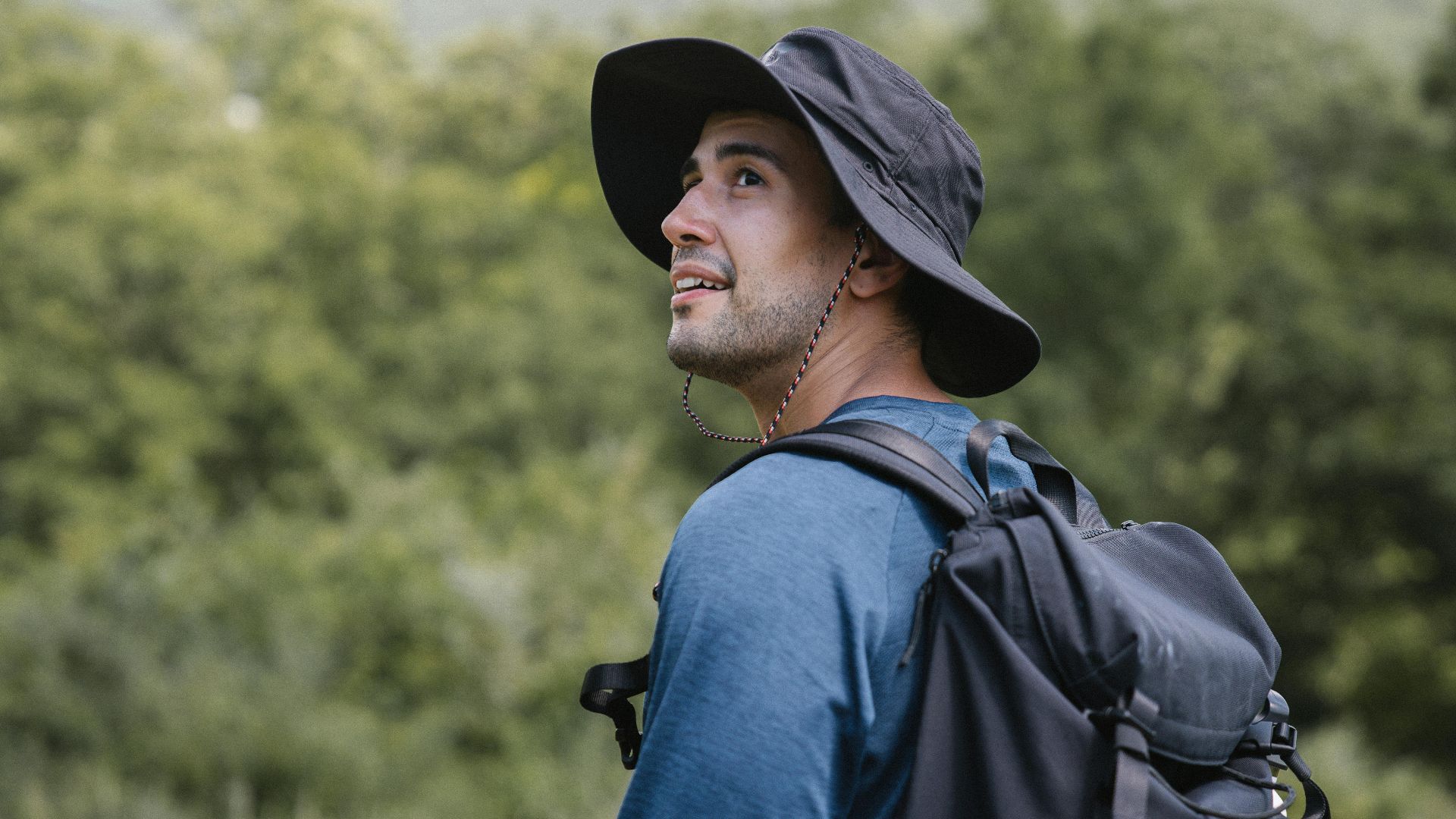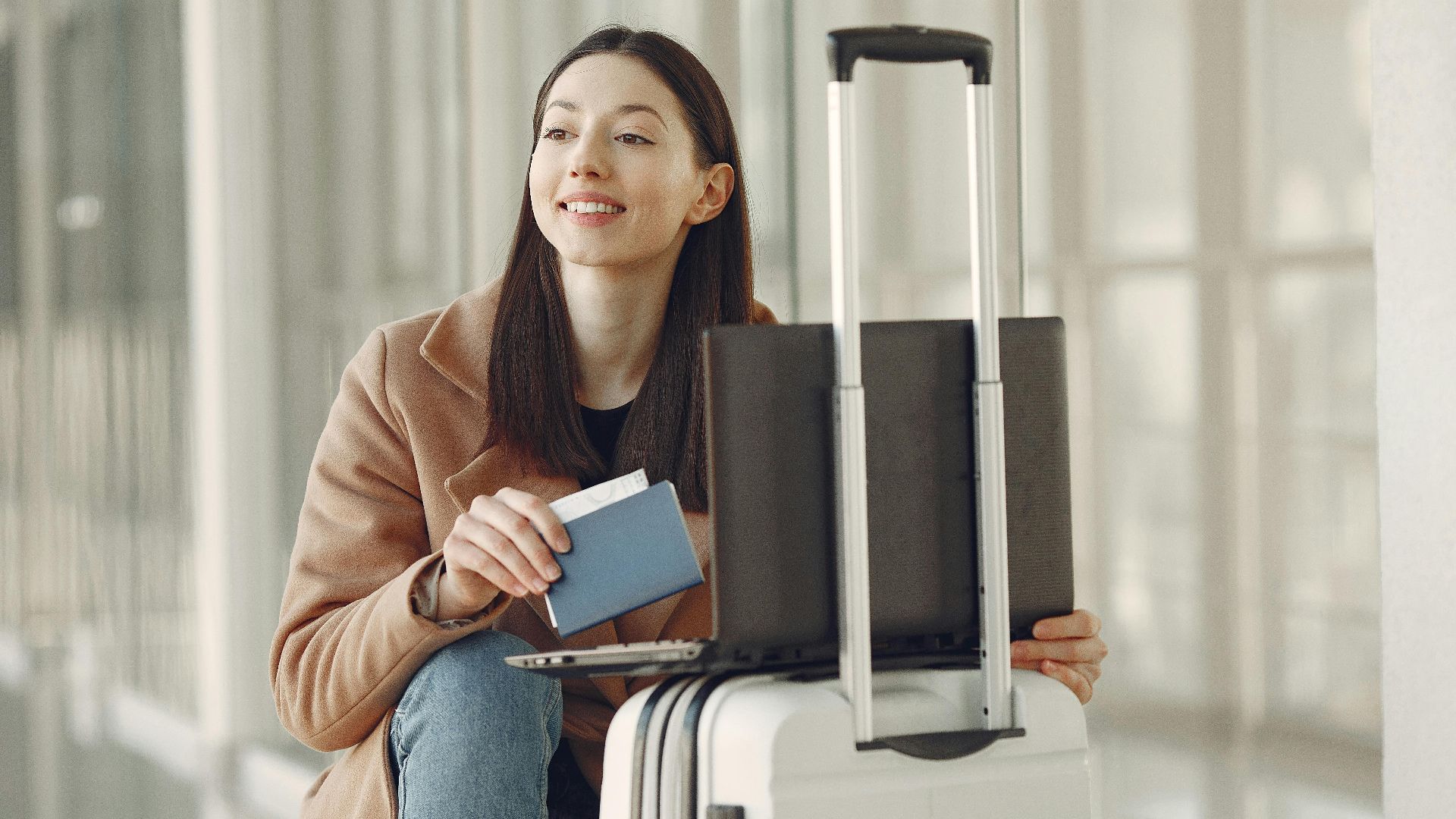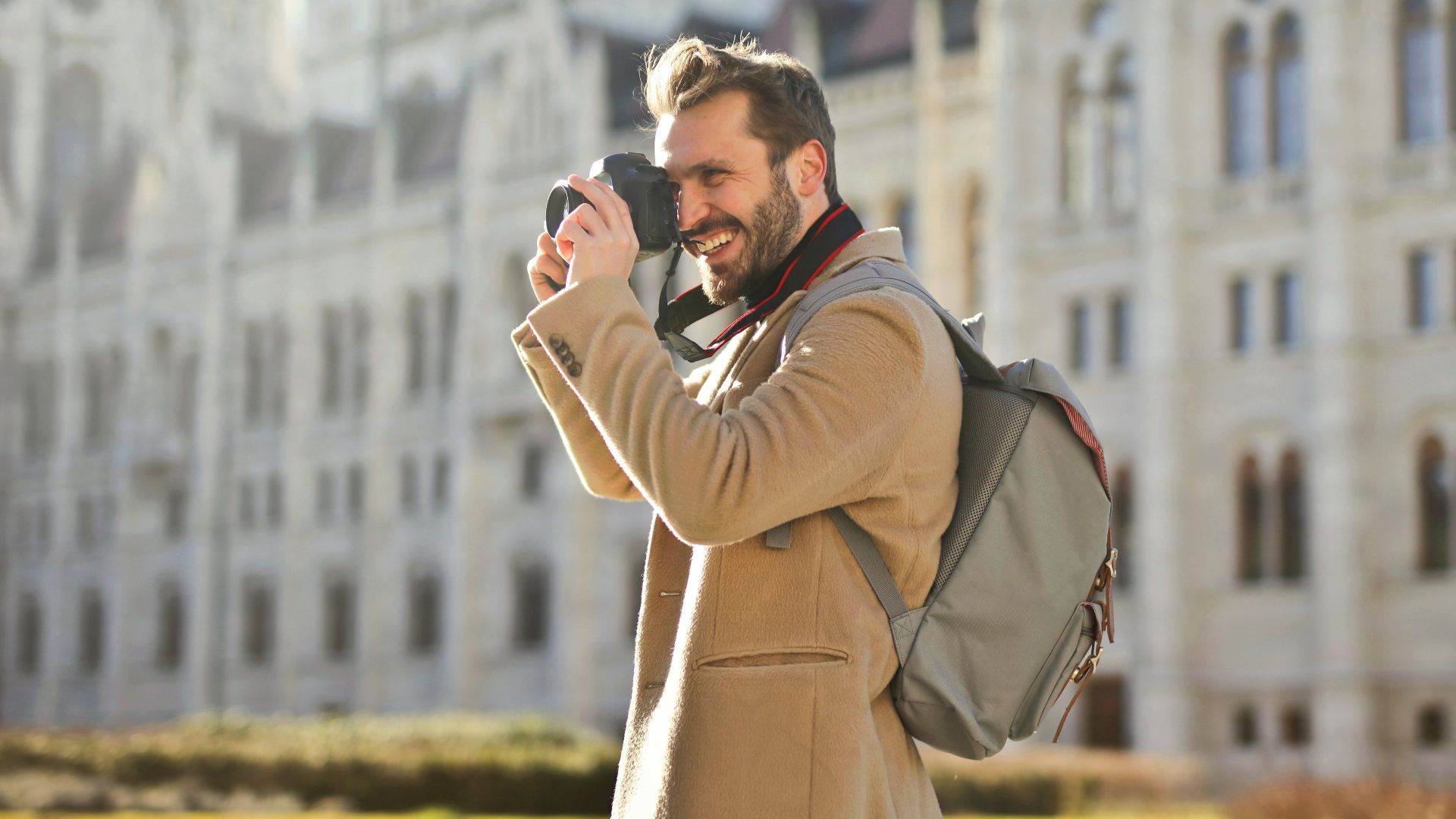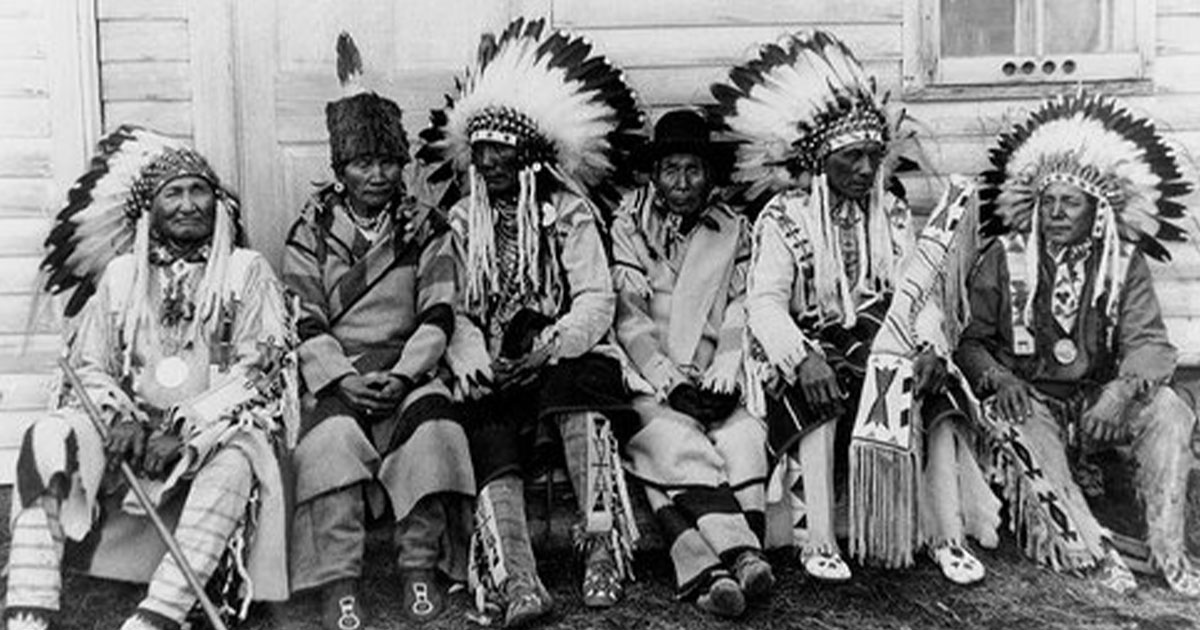Why Americans Keep Borrowing Canada’s Identity Abroad
If you’ve spent any time in European train stations or hostels, you’ve probably seen it: an American accent, a U.S. passport…and a big Canadian flag patch sewn onto the backpack. It’s not a fashion statement—and it’s definitely not accidental. It’s one of the oldest unspoken travel traditions in the book, and it’s way more interesting than people think.
The Trend Even Has a Name
This habit is so common it actually has an official term: flag-jacking—when travelers display another country’s flag to influence how they’re perceived. Even Wikipedia describes it as “the act of claiming another nationality by displaying a flag to change the way you’re treated,” which sums up the strategy perfectly.
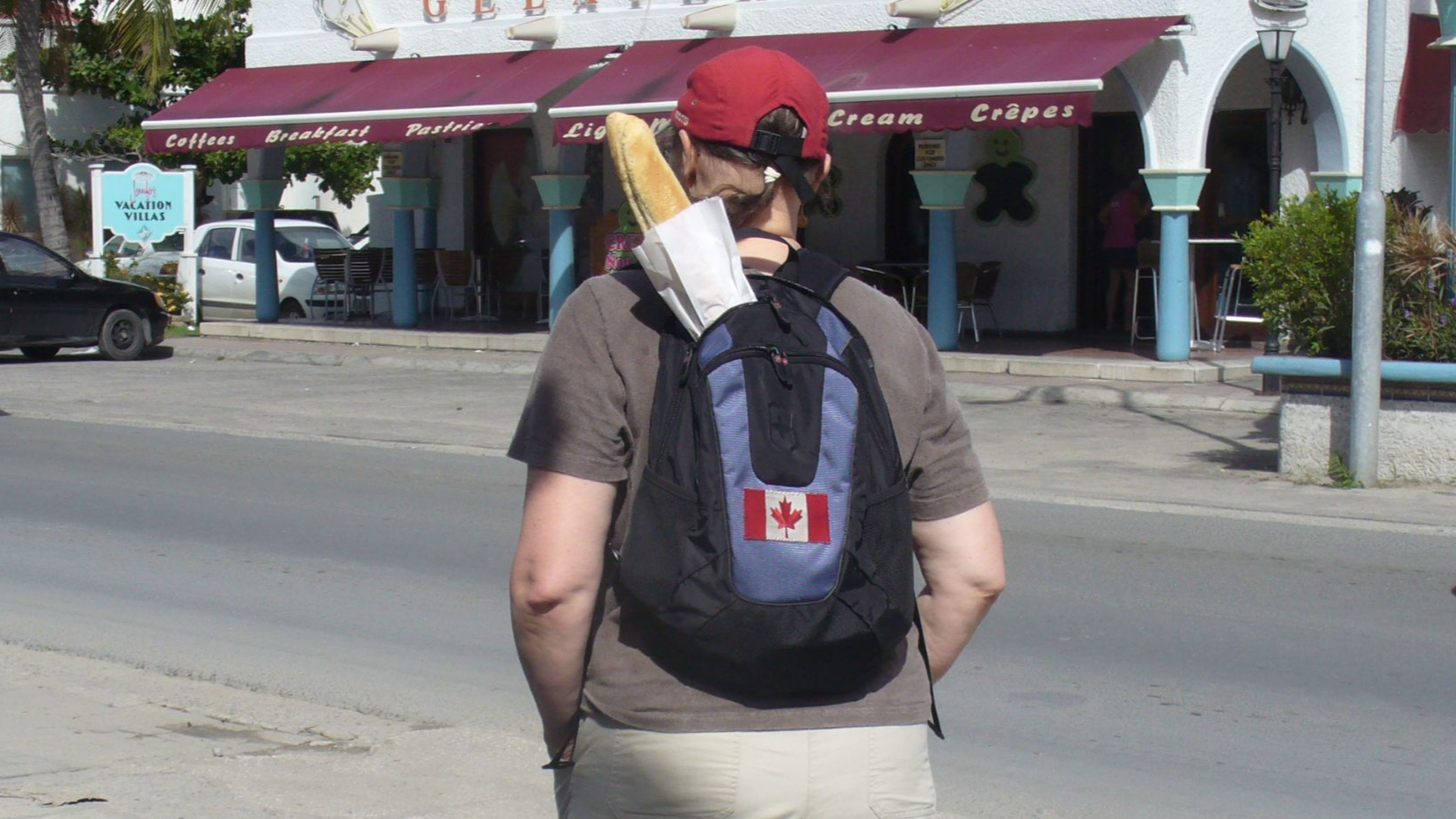 candyschwartz, Wikimedia Commons
candyschwartz, Wikimedia Commons
Borrowing Canada’s Reputation
Canada has one of the friendliest global reputations—calm, polite, drama-free. Some Americans figure: why not borrow a little of that good energy on the road? A tiny maple leaf patch can feel like a universal “I’m chill, don’t worry” signal that smooths the first moments of an interaction.
A Quote That Sums the Whole Thing Up
Canadian broadcaster Tod Maffin once joked, “You’re hiding behind the maple leaf… It’s like clockwork.” For a lot of travelers, that line feels uncomfortably accurate, which is probably why it gets repeated so often in articles and forums.
 Roland Tanglao from Vancouver, Canada, Wikimedia Commons
Roland Tanglao from Vancouver, Canada, Wikimedia Commons
How It Really Started
The irony? Canadians originally wore the flag to distinguish themselves from Americans. One travel blogger admitted, “We didn’t want to be mistaken for Americans,” especially during politically tense decades. Americans later picked up the trick and ran with it.
A Statistic That Explains the Vibe
A study found 30% of Europeans think Americans sometimes “ignore local customs.” That stat gets tossed around constantly in travel circles, and for some Americans, the maple leaf feels like a small buffer against being pre-judged before they’ve even said a word.
Trying to Avoid Political Conversations
Americans say the maple leaf patch helps them dodge long conversations about U.S. politics. When someone on a train asks, “So what do you think about…?” the patch can feel like a shortcut to peace, quiet, and fewer exhausting debates while you’re just trying to enjoy the scenery.
The “Safety Buffer” Feeling
Some travelers believe it keeps them safer—not because Europe is dangerous, but because blending in reduces stress and attention. Even if the effect is mostly psychological, having that patch can make nervous travelers feel more confident and less on-edge in unfamiliar places.
Americans Admit It—Sometimes Playfully
Travel sites collect confessions like: “I’m in Europe… two-ish weeks of pretending to be Canadian 🤭,” shared by one traveler. It’s part joke, part strategy, and part social experiment that keeps resurfacing in different eras of backpacking culture.
Canadians…Have Opinions
A Canadian poll found many people considered the trend “dishonest and disrespectful,” and social media commentary gets even spicier. One columnist compared it to “stolen valour, but with flags,” which shows just how seriously some Canadians take their national identity.
Europeans Aren’t Easily Fooled
Most Europeans can spot an American accent instantly. The patch might buy five seconds—maybe—but definitely not an entire conversation. Locals often play along politely, but they’re rarely actually convinced that you’re from Vancouver.
But It Does Break the Ice
Some travelers say it opens conversations instead of closing them. Someone asks, “Oh! Where in Canada?” Then comes the confession and the laughter. It’s a great hostel-kitchen bonding moment and sometimes the funniest part of the entire interaction.
The Patch Still Just Looks Cool
A solid chunk of backpackers admit they use it because the Canadian flag looks crisp, bright, and photogenic on a canvas pack. Not everything has to be deeply strategic—sometimes it’s just an aesthetic choice that stands out in travel photos.
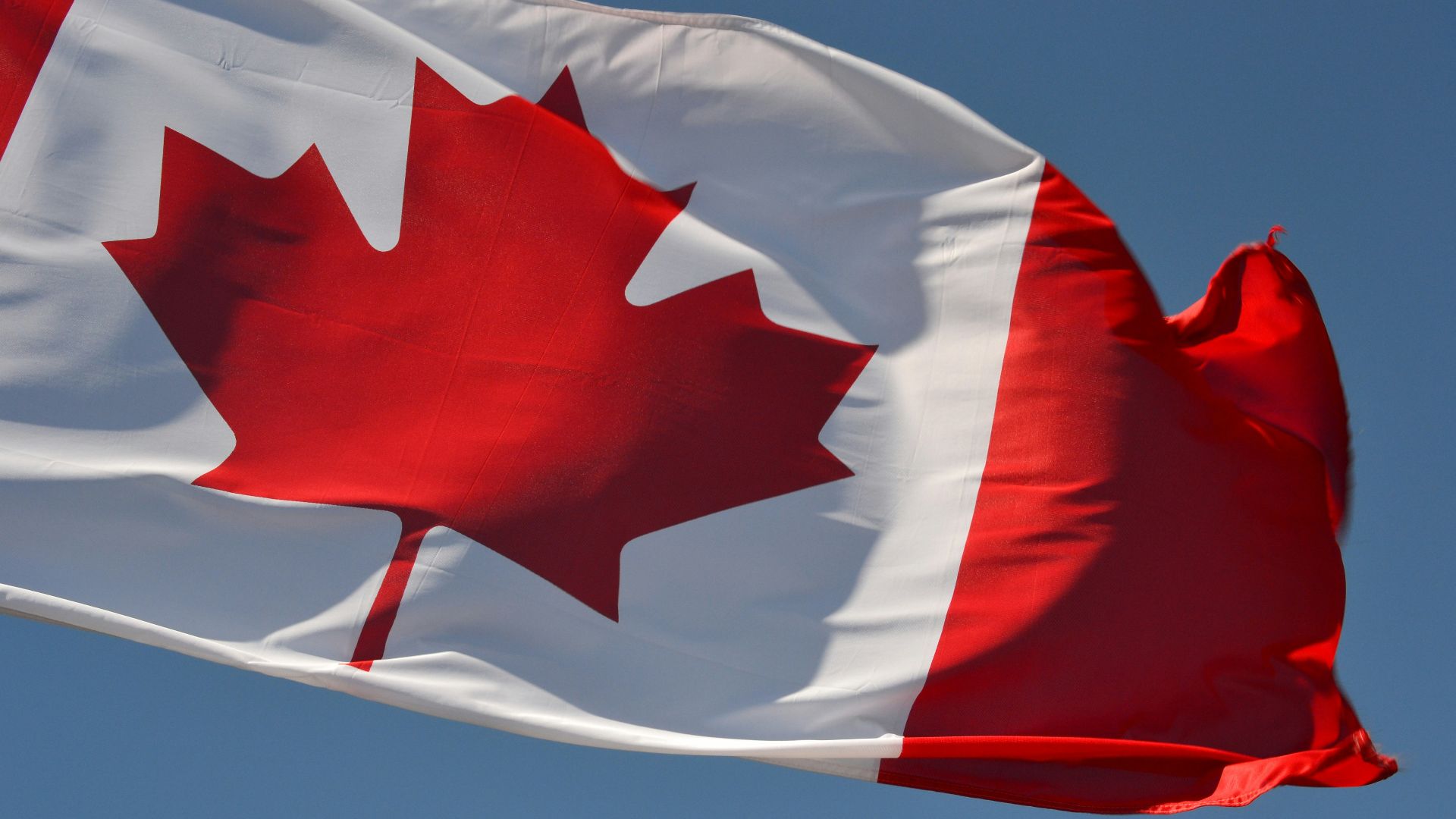 Praveen Kumar Nandagiri, Unsplash
Praveen Kumar Nandagiri, Unsplash
A Real Quote From Travel Writing
Travel writer Kate McCulley once noted, “I was shocked at how many of my readers talked about Americans masquerading as Canadians with a Canadian-flag patch sewn on their backpacks.” If a travel blogger can’t escape the trend, it’s definitely widespread.
A Travel Meme In Its Own Right
Much like cargo shorts, hostel flip-flops, passport neck pouches, and the universal “backpack rain cover,” the maple leaf patch has become part of the backpacking meme. Travelers roll their eyes at it, laugh about it—and then sometimes still adopt it themselves.
Other Nationalities Copy It Too
Some travelers from the U.K., Australia, and parts of Europe admit they use the maple leaf for the exact same reason: projecting friendly neutrality. Canada’s global brand is surprisingly transferable, and a surprising number of people take advantage of that.
TikTok Brought It Back
Travel influencers revived the trend with “backpacking hacks” and cheeky videos encouraging younger travelers to try it. It’s half ironic, half serious, and entirely believable—because TikTok has a habit of resurrecting old travel habits.
A Canadian Quote That Says It All
A Canadian radio piece summed up the irritation perfectly: “For some reason, Americans think that we are their backup passport. The world’s first dual-action moral absolver.” Canadians really do not hold back when talking about this particular phenomenon.
But Experts Say Americans Don’t Need It
Travel pros generally agree Americans are treated just fine in Europe. A smile, effort to learn local etiquette, and a bit of humility go further than any flag patch. Kindness travels better than any symbol stitched onto your bag.
A Psychological Trick
Some Americans say the patch helps them feel like “lighter” travelers—less defensive, less judged, more relaxed. Whether or not it actually works on locals, it can shift the traveler’s own mindset in a helpful way.
And Service? Mixed Results
Some swear service feels friendlier when workers assume they’re Canadian. Others say it makes no difference whatsoever. The evidence is purely anecdotal, but the belief in the patch’s power keeps the habit alive.
It Signals “I’m Easygoing”
Travelers say it communicates friendliness, humility, and zero intention to cause drama. Even when people know the truth right away, the maple leaf still softens the vibe and sets a calmer tone for interactions.
The Hostel Domino Effect
Backpacking culture spreads through imitation. If everyone in your shared dorm, overnight train, or hostel bar has a maple leaf patch, it’s only a matter of time before you’re tempted to grab one too—if only to blend into the backpacker ecosystem.
It’s Harmless (For the Most Part)
Aside from a few annoyed Canadians, it’s mostly a funny part of modern travel culture. It doesn’t hurt anyone, and it often leads to great stories later—especially when the truth inevitably comes out.
The Real Travel Secret
Maple leaf or not, the best way to be welcomed abroad is simple: be kind, be curious, be respectful, and treat people with patience. The patch might help a little, but good behavior always travels the furthest.
You Might Also Like:
States Where Corporal Punishment Is Still Legal In Schools—In 2025
The Most Dangerous Selfie Spots In The World
The Best Destinations For Literature Lovers, According To Readers




